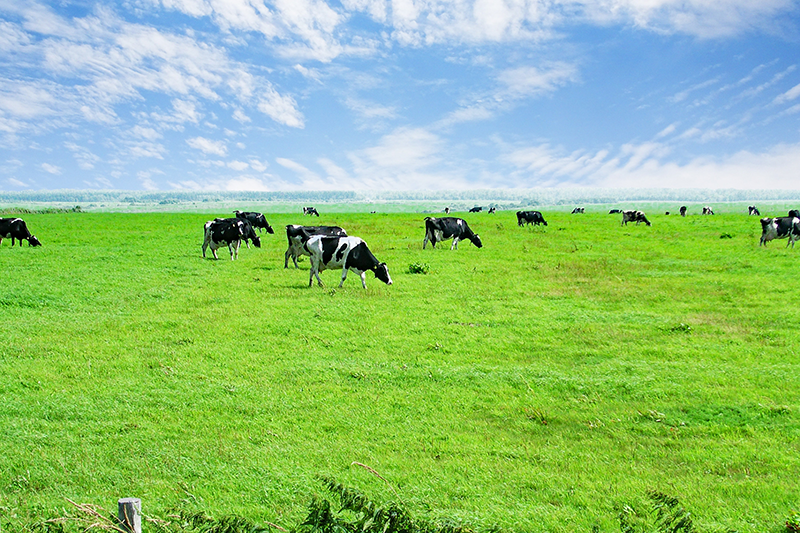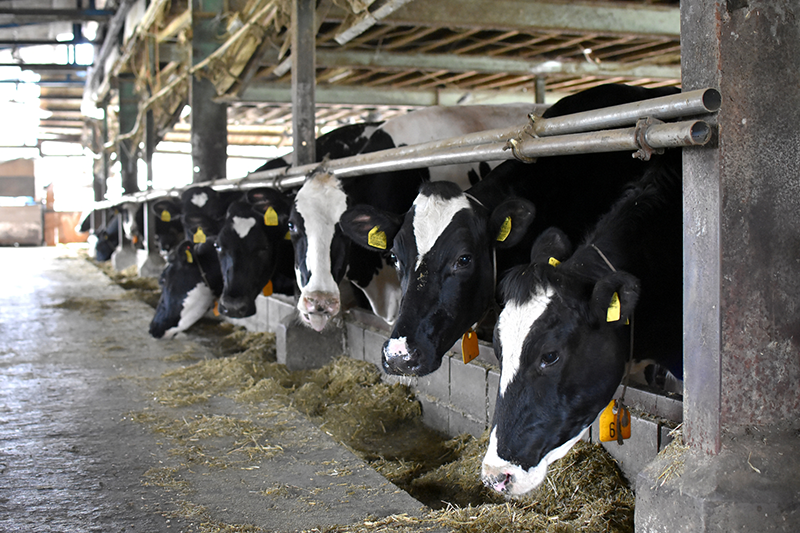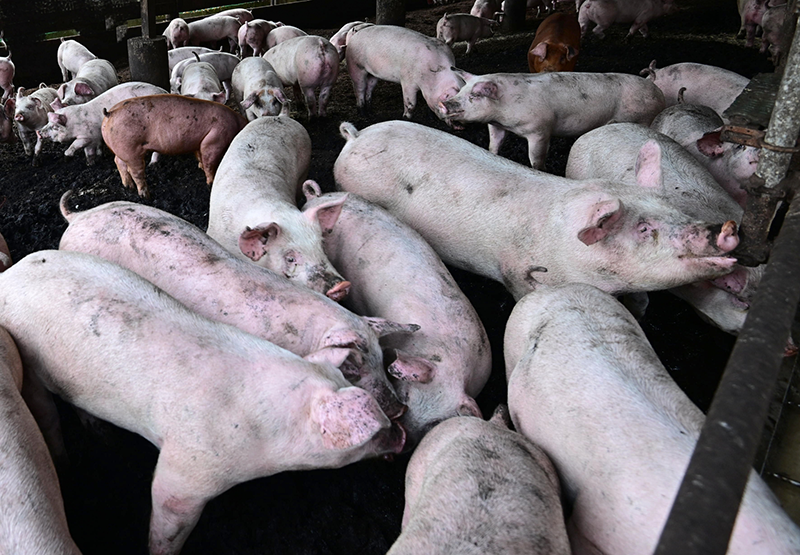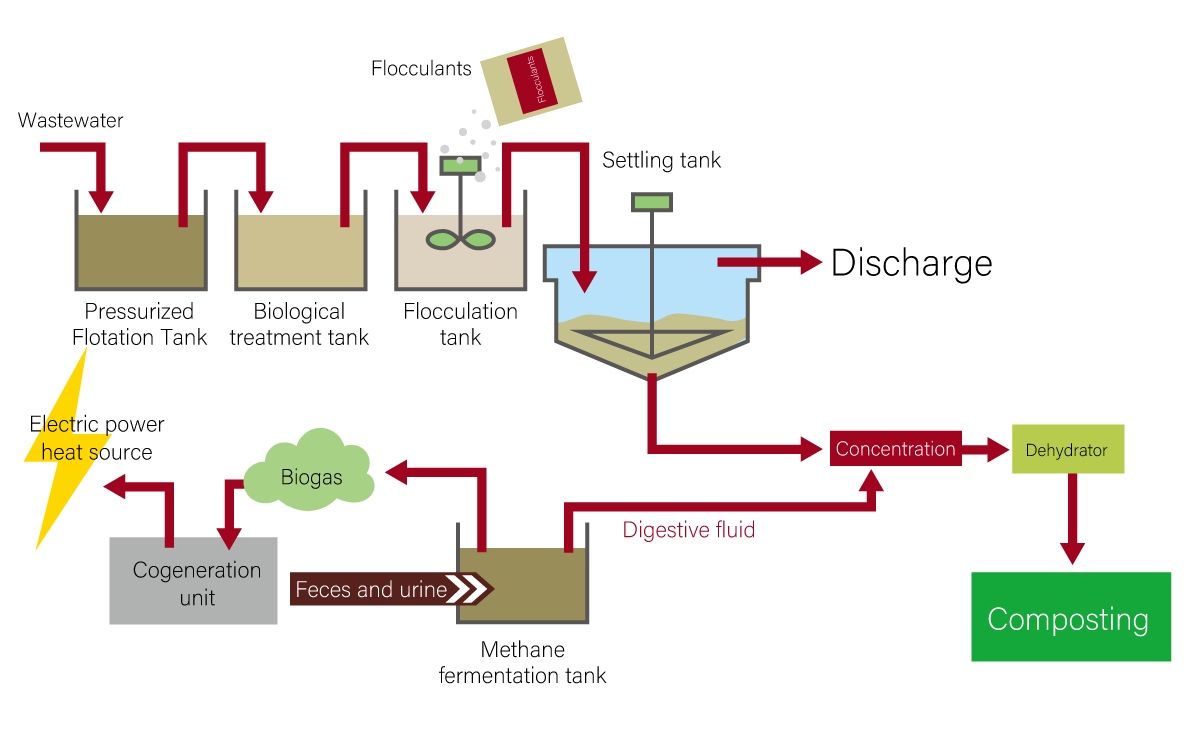Wastewater treatment for animal husbandry, and case studies

Since the enforcement of the "Law Concerning the Proper Management and Promotion of Utilization of Livestock Manure" (November 2004), facilities have been developed for livestock manure treatment.
In many cases, each region is promoting initiatives for livestock environmental measures, and efforts are being made not only for piggery wastewater but also for cattle barn wastewater.

【Cattle barn wastewater】
In the past, sometimes only simple treatment was used, taking cost into consideration.
However, cattle barn wastewater, which has a large volume of wastewater, contains high protein and fat content, which exceeds the limit of underground percolation treatment, and there have been concerns about contamination of rivers.
Recently, cattle barn wastewater is being treated by flowing it into a septic tank and aerating it in an aeration tank.

【Piggery wastewater】
Livestock wastewater is rich in organic matter, and until now, the separated sludge has been composted after dewatering.
However, in many cases, the wastewater was treated as industrial waste due to odor and compost surplus problems.
Currently, among livestock manure discharged from pigsties, feces are adjusted and composted using return compost, while wastewater such as urine is treated with activated sludge before being discharged as supernatant water.
Wastewater from urine and on-site water is aerated, precipitated, and strained in a dehydrator for solid-liquid separation, and the dewatered solids are composted in the compost house.
Wastewater treatment methods for animal husbandry, etc.

The problem is that zinc and copper, which are generally added to feed to promote pig growth, are included in wastewater.
In the future, it will be necessary to further reduce the concentration of suspended solids through flocculation and membrane treatment to reduce total zinc and copper concentrations, and more efficient flocculants are required.





